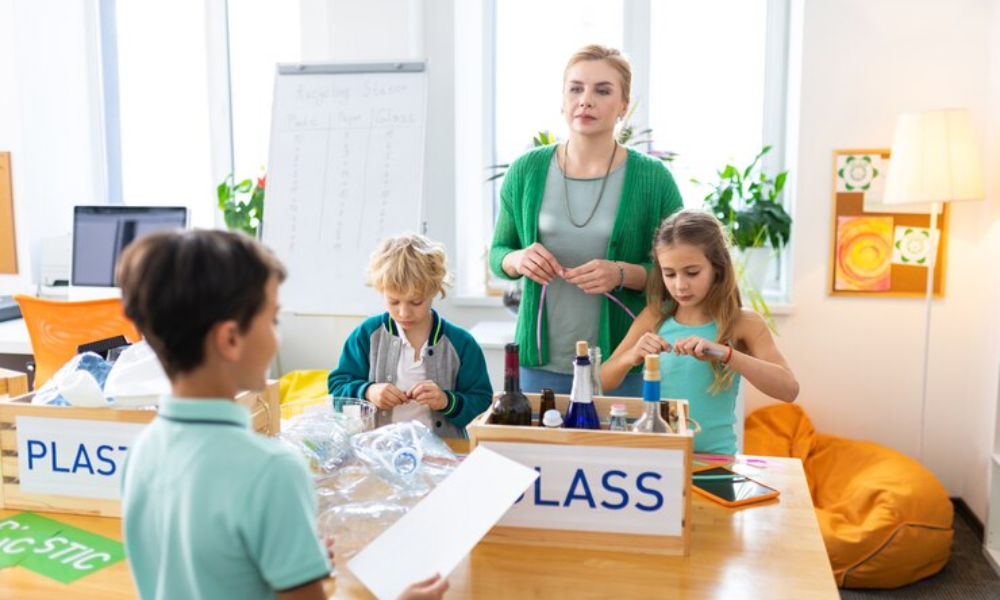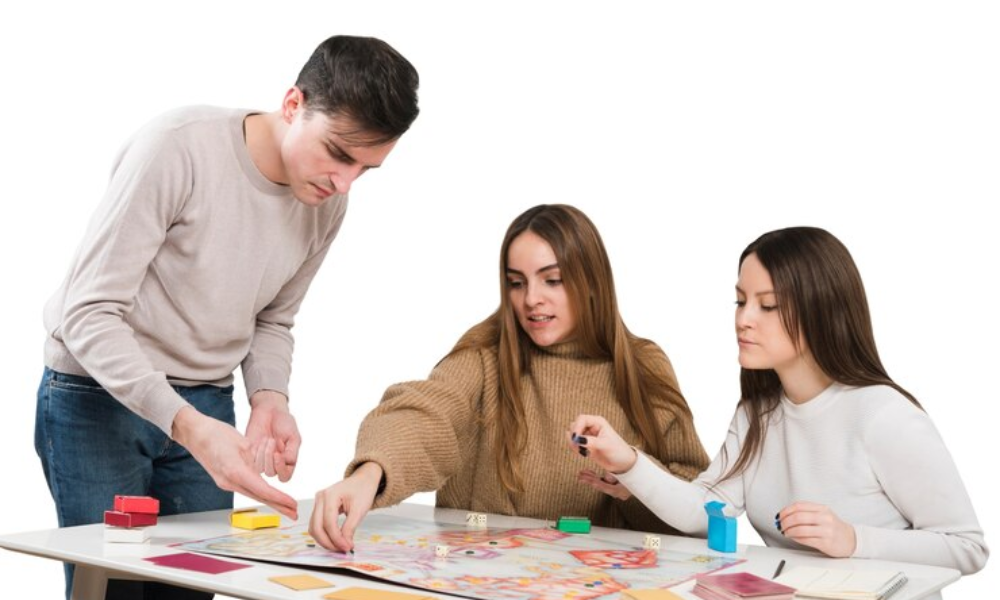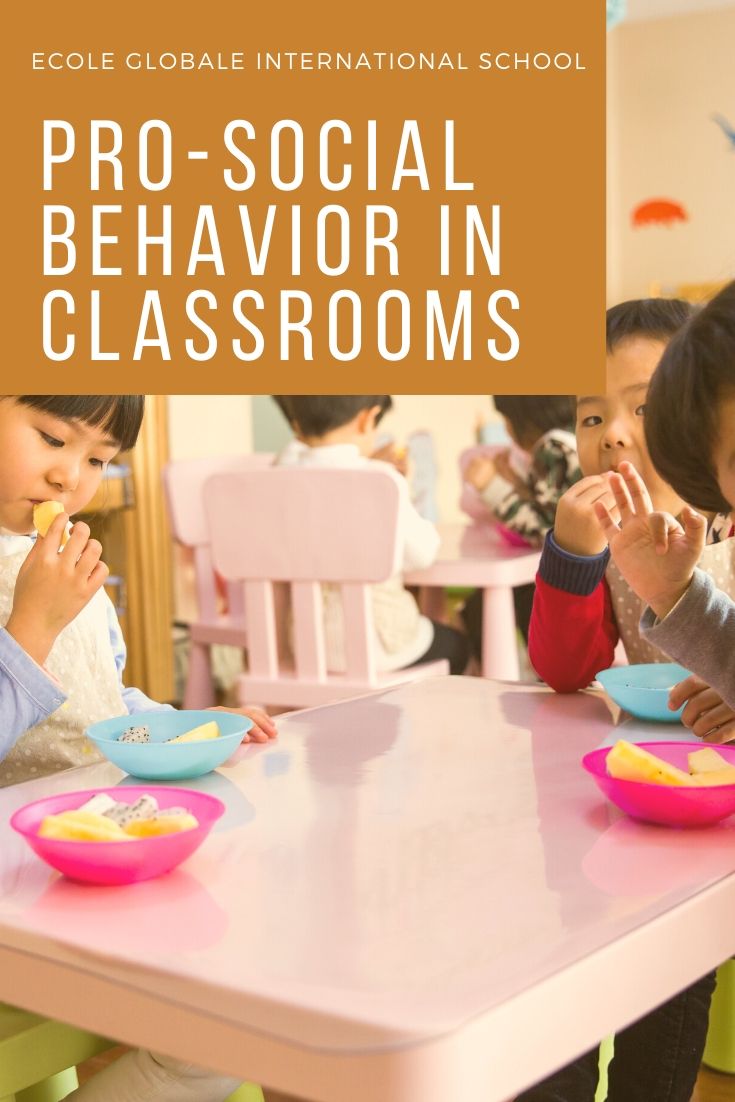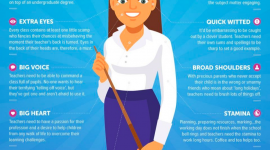Human behavior, particularly social behaviour, plays a pivotal role in shaping the dynamics of a classroom. Positive social behaviours, often referred to as pro-social behaviours, encompass actions that are intended to benefit others and foster a harmonious community environment. This article delves into the significance of positive social behaviour in educational settings and provides practical strategies for educators to cultivate and promote such behaviors among students.
The Importance of Positive social behaviour in classrooms

Fostering Empathy and Kindness
Empathy Development: Positive social behaviours, such as empathetic actions where students demonstrate understanding and compassion towards their peers, cultivate empathy. For example, comforting a classmate who is upset not only shows empathy but also nurtures a supportive classroom atmosphere.
Creating a Caring Environment: Acts of kindness, like assisting a fellow student in need, contribute to a caring classroom environment where students feel valued and supported.
Enhancing Academic Performance
Reducing Distractions: A positive social environment minimizes disruptions and conflicts, allowing students to concentrate more effectively on their studies.
Improving Engagement: When students feel respected and encouraged by their peers and teachers, they are more likely to actively participate in classroom activities and demonstrate improved academic performance.
Building Strong Relationships
Forming Friendships: Positive social interactions facilitate the development of meaningful friendships among students.
Sense of Belonging: Strong relationships with classmates and teachers foster a sense of belonging, motivating students to attend school regularly and engage enthusiastically in their learning.
Encouraging Positive Reinforcement
Recognizing Positive Actions: Acknowledging and praising instances of positive social behaviour reinforces these actions and encourages other students to emulate them.
Motivating Others: Publicly recognizing a student for their helpfulness can inspire peers to engage in similar acts of kindness.
Ways to Promote Positive Social Behaviour

Encouraging Acts of Kindness
Early Education: Educate students about kindness and consideration through structured activities that emphasize sharing, cooperation, and mutual support.
Group Projects: Organize collaborative projects that require teamwork and mutual assistance, encouraging students to practice and appreciate positive social behaviours from a young age.
Practicing Gratitude
Expressing Appreciation: Encourage students to express gratitude towards their peers, teachers, and the school community.
Gratitude Tools: Implement tools like gratitude journals or bulletin boards where students can publicly acknowledge and thank others for their acts of kindness and support.
Creating Visual Reminders of Empathy
Visual Displays: Display visual reminders, such as photographs and stories, that highlight instances of empathetic actions taken by students.
Storytelling: Encourage students to write about their experiences of helping others, reflecting on how these actions promote positive social behaviours within the classroom community.
Building One-on-One Connections
Personal Engagement: Develop personal connections with students by demonstrating genuine interest and understanding of their individual needs and concerns.
Daily Check-ins: Start each day with a brief personal check-in with students, asking about their well-being and providing opportunities for them to share any concerns they may have.
Using Empathetic Language
Modeling Empathy: Model the use of empathetic language during classroom interactions to demonstrate understanding and support.
Encouraging Expression: Encourage students to articulate their feelings and perspectives while respecting those of others, fostering a classroom environment where empathy is valued and practiced.
Teaching Self-Empathy
Self-Compassion Development: Help students cultivate self-compassion by teaching them strategies for self-care and positive self-talk.
Mindfulness Practices: Integrate mindfulness activities into daily routines to encourage students to reflect on their emotions and thoughts, promoting emotional resilience and self-awareness.
Conclusion
Promoting positive social behaviour in the classroom is essential for creating a nurturing and effective learning environment. By fostering empathy, kindness, gratitude, and self-compassion, educators equip students with the social skills necessary for both academic success and personal development. Recognizing and reinforcing positive behaviors ensures that students feel valued and motivated to contribute positively to the classroom culture, thereby fostering a supportive community where every student can thrive.
Frequently asked question
Q1. Why is promoting positive social behaviour important in the classroom?
Answer. Promotes empathy, enhances academic focus, builds relationships, and fosters a supportive learning environment.
Q2. How can teachers encourage kindness among students?
Answer. Through activities, gratitude practices, and modeling empathetic language and behavior.
Q3. What are the benefits of practicing gratitude in schools?
Answer. Encourages appreciation, strengthens relationships, and cultivates a positive classroom culture.
Q4. How can empathy be taught effectively in classrooms?
Answer. Using visual reminders, storytelling, and promoting empathetic language and interactions.
Q5. What role does self-compassion play in student development?
Answer. Builds emotional resilience, supports mental well-being, and fosters positive self-esteem.









